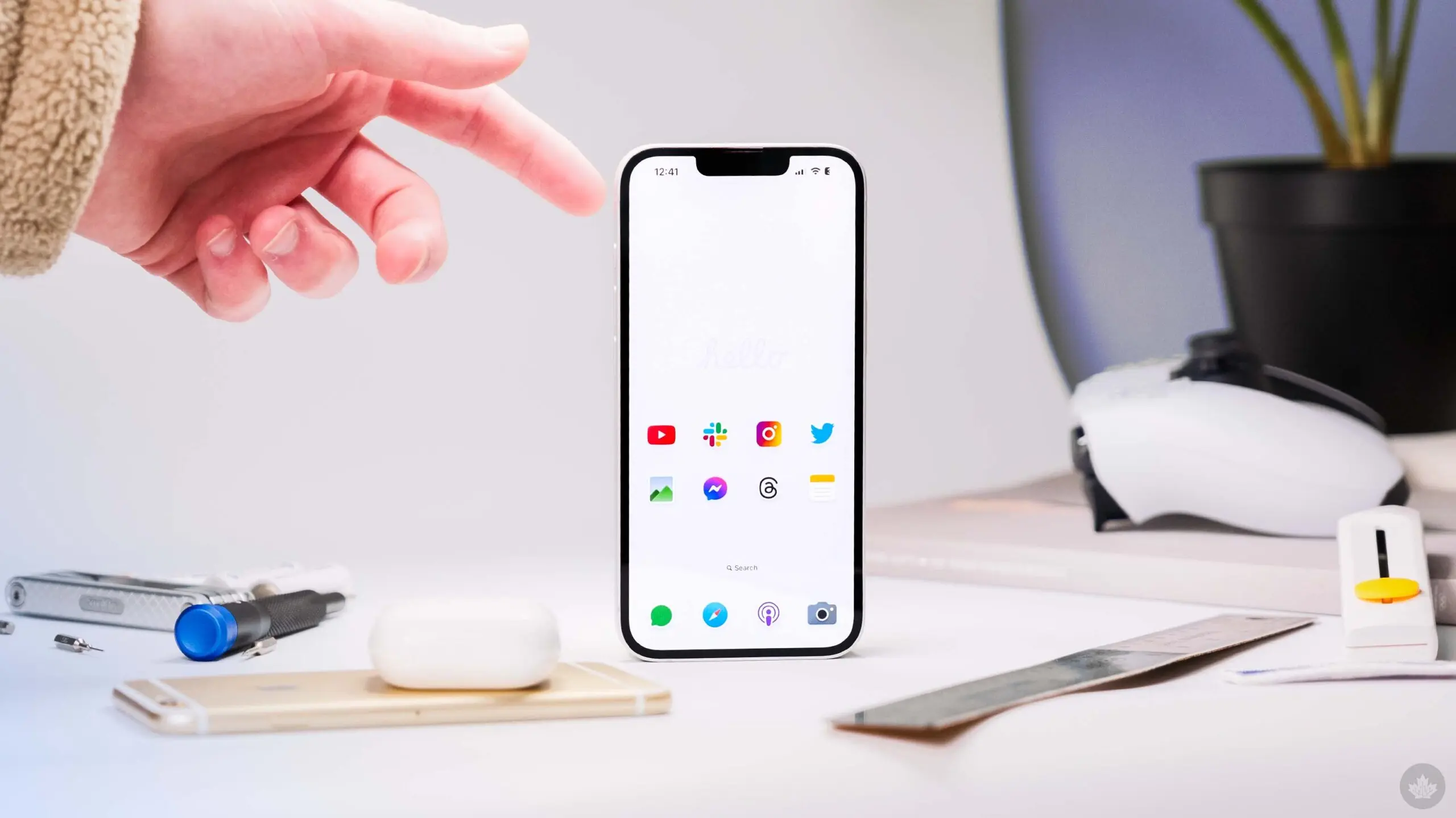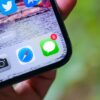Qualcomm's Modem Triumphs Over Apple's C1 in New Study
A recent study commissioned by Qualcomm reveals that its modem technology outshines Apple's C1 modem found in the iPhone 16e. The research, conducted by Cellular Insights, compared the 5G capabilities of the iPhone 16e with two unnamed Android devices. The first Android phone, referred to as ‘Android A,' is a flagship model from 2025 equipped with Qualcomm's Snapdragon X80 modem. The second device, ‘Android B,' is a flagship from 2024 featuring the X75 modem. Testing took place in New York City on T-Mobile's sub-6GHz standalone 5G network.
Apple's First In-House Modem
The iPhone 16e marks a significant milestone for Apple as it is the first model to utilize an in-house modem. Previous iPhones relied on Qualcomm modems, and even Intel modems were used in earlier models. As Apple aims to reduce its dependence on Qualcomm technology, it makes sense that they would highlight their advancements.
However, while this news sounds impressive at first glance, the report clarifies that “all three devices showed similar performance under ideal conditions.” It was only when signal quality declined that differences became more noticeable.
Best-case scenario results for Qualcomm's testing.
Performance Under Pressure
This means that under normal circumstances, both Apple's C1 and Qualcomm's X75 and X80 perform similarly well. It's primarily during challenging conditions where Qualcomm tends to pull ahead.
Even so, this doesn't imply that using an iPhone becomes impossible; rather, it simply operates at slower speeds compared to its Android counterparts. During testing, the lowest speed recorded for the iPhone 16e was still a respectable 228Mbps download and just 5Mbps upload.

Testing conducted inside an urban storage facility under tough conditions.
While these figures may not seem stellar at first glance-especially since both phones were tested within a metal-and-concrete storage facility-the reality is that speeds around or above 200Mbps are generally sufficient for most mobile tasks. Interestingly enough, even the top-performing Android device only managed about 10Mbps upload speed during these tests; thus both options have limitations when it comes to uploads.
Most Canadian carriers also impose speed caps around this range (often near or at about250 Mbps), which further limits performance potential across all devices tested here.
The Role of Network Optimization
The report also notes improvements can be made using specific frequency bands like N71 (600MHz) which could boost upload speeds on Android devices up to approximately23 Mbps-but users must manually adjust settings for this feature which isn't practical for everyone.
This highlights how crucial network optimizations are within today's multi-band environments!
Speed Isn't Everything: Other Factors Matter Too
If you're interested in diving deeper into data comparisons between these modems,the full report offers detailed charts . However personally speaking? I believe all three modems provide ample performance! Most people don't focus too much on exact network speeds anymore since they're usually fast enough anyway!
I'd prioritize battery life and efficiency gains offered by Apple's C1 over raw maximum speeds touted by competitors any day! Sure-it'd be nice if we could always achieve peak rates but honestly? Watching YouTube videos consumes most bandwidth I need-and anything above50 Mbps works perfectly fine! What truly matters more than anything else? Getting extra battery life so I can enjoy content longer-which seems like exactly what Apple aims towards solving here!
A Closer Look at Device Comparisons
The nuances extend further still; although specifics weren't provided regarding which exact models were tested-the reference point suggests ‘Android A' likely refers specifically Samsung Galaxy S25 priced around US$799-making it pricier than our featured iPhone model yet boasting better overall battery longevity despite utilizing same-sized batteries (around4000 mAh).
This sets up expectations moving forward as we anticipate future iterations such asC2andC3modems potentially bridging gaps between brands over time-but currently if you want top-tier connectivity chances favor those opting into phones featuring Qualcomms tech whether they choose Andriod options or even higher-end versions likeiPhones Pro series!
A Quick Note: While not directly related cellular technologies some newer androids will experience enhanced Wi-Fi7 connections given access super-fast home networks whereasApple hasn't yet integrated Multi-Link Operation(MLO) across any existing products limiting them solely ontoWi-Fi6E bands.MLO allows simultaneous connections multiple frequencies(ie.,24GHz ,56GHz &66GHZ) resulting increased throughput rates overall .
Not every single android supports MLO though-for example Pixel9 line lacks support whileGalaxyS25 does offer compatibility !
Cited Source:
Cellular Insights Report P >
Please note that when you make a purchase through our links at GameHaunt, we might earn a small commission. This helps us keep bringing you free journalism you love on our site! And don't worry; our editorial content remains totally unbiased. If you'd like to show some support ,you can do so here . em >





